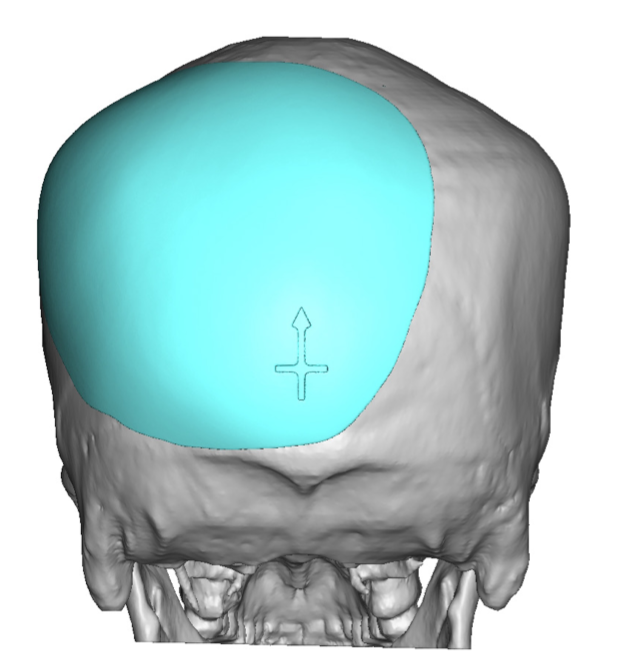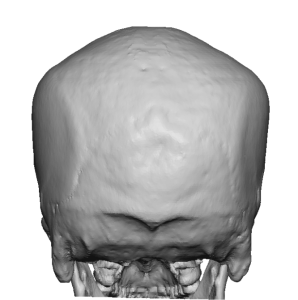Background: Skull reshaping is a general term that applies to a variety of surgical techniques designed to alter the shape of the head into a more pleasing shape as desired by the patient. Fundamentally these techniques come down to augmentation by custom designed skull implants and reduction by outer table skull bone removal. While often done as a single skull shape change, augmentation or reduction, they can also be done together to affect a multi-surface head reshaping.
In multi-surface skull reshaping the key issue is incisional access. While custom skull implants can be placed through incisions at their periphery of bone coverage, skull reduction incisions have to be closer to the target as the instruments used to do it are shorter in length. It is obvious if the two skull surfaces are distant from each other two incisions will be needed. However if the surfaces of the skull are close to each other it may be possible to use a single access incision.
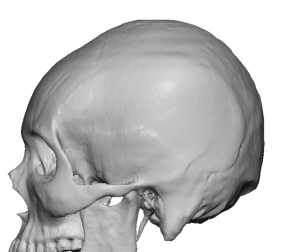
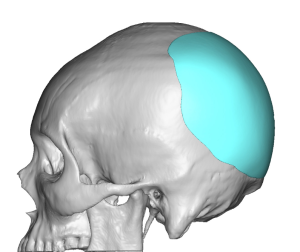
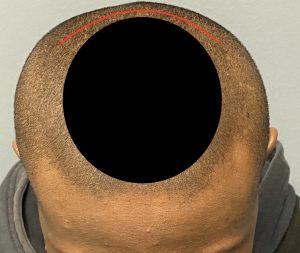

Lastly a right posterior temporal reduction was done removing a small amount of muscle using a postauricular incision.

For many skull reshaping patients, men in particular, the incision used for the procedure is a significant aesthetic concern. Thus if possible it is important to do as much surgery as possible through the smallest scalp incision.
Key Points:
1) Multi-surface skull reshaping can involve augmentation of some surfaces and reduction of other skull surfaces to create an overall better head shape.
2) Custom designed implants are the most accurate method of augmenting deficient skull areas.
3) Reduction of prominent skull areas are limited by incisional access as well as the thickness of the outer cortical bone layer.
Dr. Barry Eppley
World-Renowned Plastic Surgeon

